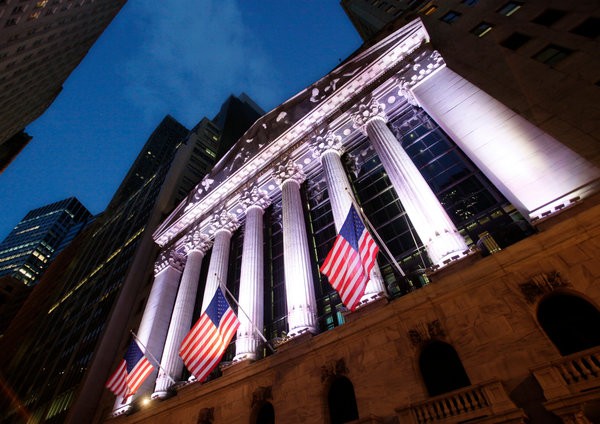Fundamental Forces Move Stock Market Indexes Stock Prices
Post on: 17 Май, 2015 No Comment

Ratio of Buyers and Sellers Dictates Movements
You can opt-out at any time.
Please refer to our privacy policy for contact information.
When there are more buyers than sellers in the stock market, prices go up and when there are more sellers than buyers, stock prices go down.
This is the fundamental mechanism that drives prices on the stock market. Of course, most of the time some stocks will have more buyers than sellers and others will have more sellers than buyers. However, when you look at the stock market as a whole, the ratio of buyers to sellers moves market indexes, such as the Standard & Poor’s 500 Index .
It is important to understand this process so you can better judge the value of a stock. It is helpful to compare a stock’s value with the overall market to get a sense of whether it is under or over priced relative to the market.
One of the best gauges to use is how expensive or cheap the overall stock market is at that moment.
For that, we turn to the price earnings ratio for the S&P 500 Index.
The Stock Market
We use the S&P 500 because most investment professionals consider it the market.
The Dow (Dow Jones Industrial Average) is more volatile because it represents only 30 stocks. You will always see bigger swings in it than you will in the S&P 500.
The PE for the S&P 500 is a simple average of all the PEs for the 500 stocks in the index.
You’ll remember that PE express investors’ confidence in future earnings. A high PE means investors have high hopes for future earnings.
It can also mean investor hopes are not supported by current earnings. In other words, the price has increased dramatically, but there is no corresponding rise in earnings.
A sky-high P/E means traders gained control of short-term prices.
A low PE may mean investors have lost confidence in a company’s ability to produce consistent future earnings. For a review on PEs, check out this article .
High PE
When the PE for the S&P 500 is high, many would say the market is overpriced — that is investors are paying too much for stocks (investors’ perception of future earnings in addition to current valuations).
Many events cause the market to move up or down from day to day. However, if the market is over-bought, you can expect greater volatility and the odds of a major sell-off or correction are higher.
A high PE for the S&P 500 is not an indicator of a bull market, but may show up when investor enthusiasm over-reaches reality.
Unrealistic expectations of continued high performance have a way of being dashed, which is what happened when the dot.com bubble burst in 2001 and the financial collapse of 2008-09. The S&P 500 PE rose to more than 123 in May of 2009 and was back in the mid-teens by mid-2012.
When you see huge swings in numbers like those above, the market is reacting to serious economic conditions.
When a market index or individual stock shows a dramatic price gain without a corresponding increase in earnings, you get a very high P/E.
A sell-off when the S&P 500 PE is in a moderate range may mean nothing more than a reaction to current events and not the beginning of a protracted down market.
That’s not written in stone, but it makes sense that sell-offs when the S&P 500 PE is unusually high can be like air venting out of an over-inflated balloon.
The stock market is a dynamic and complex environment. Simple answers are seldom complete answers, so when trying to make sense of what is happening consider the PE of the market as one factor in your investigation.
You can find recent and historical PEs for the S&P by following this link .














